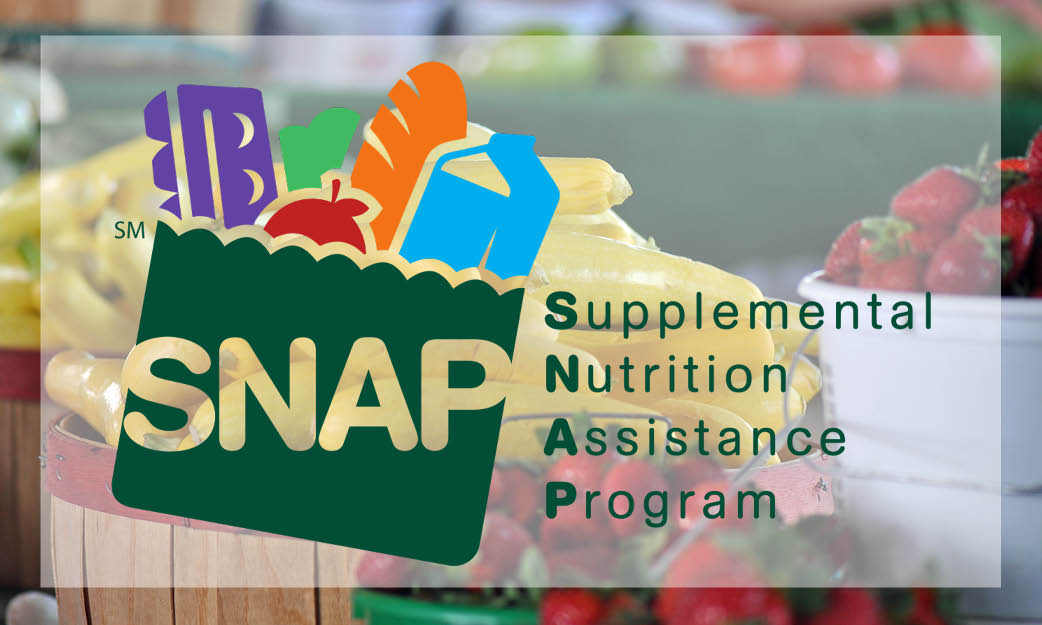The rollback comes at a time when inflation, while improving, remains high and food prices are still high. Meanwhile, collapsed food banks are bracing for a spike in need.
Nearly 30 million Americans who received extra government assistance to buy groceries during the pandemic will see that help dwindle starting tomorrow, and there’s a big push to make sure they aren’t surprised.
Officials in 32 states and other jurisdictions have been using text messages, voicemails, snail mail, flyers and social media posts, all in multiple languages, to inform recipients that their extra food stamps end after the February payments.
“One of the scenarios you don’t want to see is that the first time they find out is in the checkout line at the grocery store,” said Ellen Vollinger, an official with the nonprofit Food Research & Action Center. .
For the average recipient, the change will mean about $90 less per month, though for many, it could be much more, an analysis by the Center on Budget and Policy Priorities shows. Benefits will revert to the usual levels, which are based largely on household income, size and certain expenses, according to the U.S. Department of Agriculture, which oversees the Supplemental Nutrition Assistance Program, popularly known as SNAP.
A public notice in Michigan urged the 1.3 million recipients in that state to “seek the necessary resources” to make up for the cuts.
“We want to make sure our clients are prepared for this change, as we realize inflation is affecting all of us,” said Lewis Roubal of the Michigan Department of Health and Human Services.
Jacqueline Benitez, 21, who works as a preschool teacher in Bellflower, California, expects a significant cut, perhaps half, of the $250 in food benefits she has received since 2020 through CalFresh, the state’s SNAP program.
“It’s a huge lifeline,” said Benitez, who was previously homeless but now lives in a subsidized one-bedroom apartment. “Food is a huge expense. It’s a little stressful to think about not having that.”
Benitez said he’s already thinking twice about paying $5 for fresh fruit.
“What if it goes wrong?” she said.
The emergency program was enacted by Congress at the start of the pandemic in March 2020 and expanded a year later. Originally, the additional benefits were intended to continue as long as the COVID-19 public health emergency was in effect. It is now set to expire in May.
But 18 states already reduced payments for more than 10 million people and Congress decided to end the program early, swapping the additional benefits for a new permanent program that provides additional money to low-income families to replace school meals during the summer.
Experts credit emergency funds for ensuring that most Americans had enough food to eat, despite the pandemic. About 10% of U.S. households, had trouble getting enough food in 2020 and 2021, virtually unchanged from pre-COVID levels.
SNAP benefits can rise and fall with inflation and other factors. Maximum benefits rose 12% in October to reflect an annual cost-of-living adjustment driven by higher prices for food and other goods. But payments dropped for those also receiving Social Security because of an 8.7% cost-of-living increase in that program on Jan. 1.
In most of these cases, purchasing power should remain stable, said Stacy Dean, USDA’s deputy undersecretary for Food, Nutrition and Consumer Services.
“Emergency allocations were always intended to be temporary and did a great deal of good during a very difficult time in our country,” Dean said. “The process of disengaging from them will undoubtedly be difficult for families counting on those benefits.”
The rollback comes at a time when inflation, while improving, remains high and food prices are still high.
Shelley Boyd, 45, of Beaver, Pennsylvania, expects to make more trips to her local food pantry starting next month. She, her fiancé and teenage son began receiving food stamps last year after both adults lost their jobs and unemployment benefits ran out. The family receives about $630 a month. They expect to lose about $95, if not more.
“That’s where our food pantry comes in,” Boyd said. “We visit them and do what you have to do.”
At the same time, food pantries across the country remain under “great strain,” said Vince Hall, an official with Feeding America, a network of more than 200 food banks. Demand for aid remains well above pre-pandemic levels, even as food banks face continued supply chain disruptions, higher food and transportation costs and lower food donations.
Andrew Cheyne, managing director of public policy for GRACE, a California-based anti-poverty organization, urged recipients to contact county offices now to update their eligibility and ensure they get the maximum benefit possible. Changes in housing costs, child care, elder care and other expenses can affect SNAP benefits.
Recipients can also check other benefits, such as the federal Women, Infants and Children program, and look for refundable tax credits.
Cheyne and other advocates said emergency benefits should have been extended indefinitely rather than cut prematurely.
“It’s just an unimaginable hunger cliff that people were going to go over at some point,” he said.

